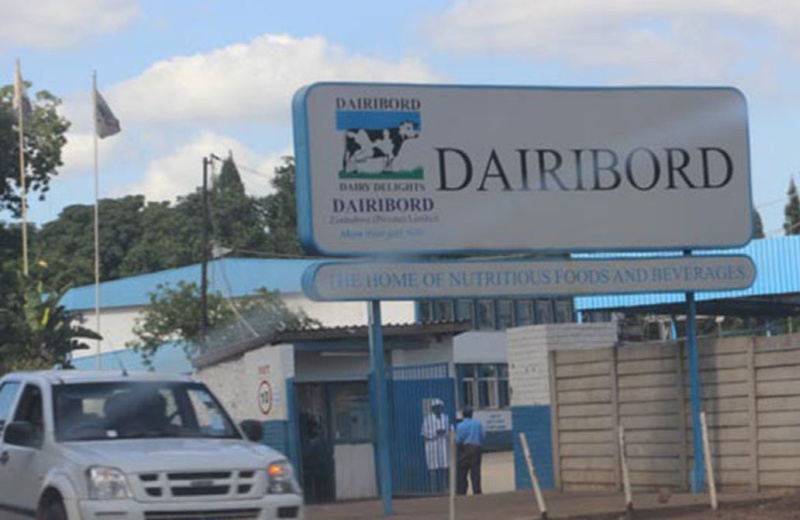Cottco seeks US$34m for marketing season
Zimbabwe’s biggest cotton firm, Cottco intends to raise US$34 million to buy raw cotton during the upcoming intake season, which traditionally begins in May, an official said.
Acting accounting officer Mr Munyaradzi Chikasha said the company had engaged a number of local banks to provide the facilities with negotiations now at various stages.
Cotton is one of the country’s major agricultural export commodities and is largely grown by smallholder farmers supported under the Presidential Free Inputs Scheme.
The lowest grade (D) will fetch US40c per kg while the premium grade (A) will be sold at US46c per kg.
Farmers will be paid 85 percent in US dollars and the remainder in local currency at the official interbank rate, thus Cottco needs an extra US$6 million Zimbabwe dollar equivalent.
“A number of banks have shown interest in providing us facilities to buy back seed cotton during the next season and we are at different stages of negotiations,” said Mr Chikasha. “We have done all the submissions; we have provided all the necessary information and we are quite confident that we will secure the facilities.”
He said the facilities, which the banks were offering ranged from US$1 million to as much as US$20 million. “We want to ensure that all the facilities are in place on time to avoid side marketing,” said Mr Chikasha.
“We don’t want a situation where our competitors take advantage of us not having money to prey on our crop.”
Earlier, Cottco chairman Mr Sifelani Jabangwe said the pre-marketing activities were progressing smoothly. These include the procurement of woolpacks and bale ties. Cottco is expecting to buy about 100 000 tonnes of cotton from 48 000 last year. The company accounts for about 85 percent of the country’s cotton production.
In an interview with our Harare Bureau, Cotton Producers and Markers Association chairman Mr Stewart Mubonderi said they were hoping for an orderly marketing season, urging farmers and merchants to desist from side marketing.
“Farmers should deliver the crop to contractors who financed them and contractors should only buy cotton from farmers they financed,” said Mr Mubonderi.
COTTCO
He said woolpacks should be made available on time to avoid fire incidences while cash should be provided at the buying points to ensure farmers are paid on delivery.
“We are happy with the 85 percent foreign currency retention threshold but we do not expect a situation where there are delays in payments,” Mr Mubonderi said.
“We also urge the regulator to make sure that no cotton is moved from the buying points by any merchant before the farmer is paid.”
He urged farmers with a late crop to continue engaging field officers “to take care of the crop until it reaches maturity.”
Running for the eighth straight season, the State-assisted scheme has seen cotton production recovering.
Nearly 350 000 farmers were contracted to grow cotton under the Presidential Inputs Scheme last year and planted about 250 000 hectares.
Despite occasional production dips during drought seasons, output expanded from 28 000 tonnes in 2014, the lowest in nearly two decades to 145 000 tonnes in the 2017/18 season.
Apart from free inputs, farmers also receive tillage services and agronomy support. The scheme helped to fill in the gap left by private contractors who scaled down funding citing poor recoveries on their investments due to side marketing.
The scheme has helped the revival of the cotton industry, a major source of livelihood for rural farmers.
At peak, Zimbabwe produced 351 000 tonnes of cotton in the 2010/11 season and the Government has since set a target to raise production to 300 000 tonnes by 2025.
Zimbabwe mainly uses open-pollinated varieties but indications are that production could go up to as much as 600 000 tonnes with the use of hybrid seeds.
Experts are urging the Government to ramp up the use of hybrid seeds to boost productivity and cut the risk of crop failures as OPVs are getting more susceptible to diseases.
-chronicle










